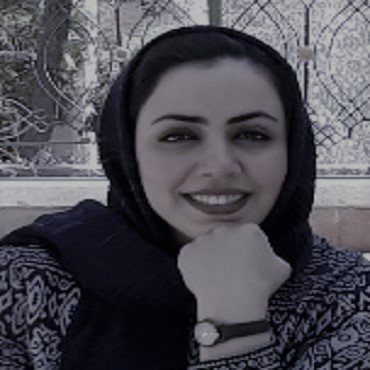Scientific Program

Maryam Cheraghian
University of Sistan and Baluchestan, Iran
Biography:
Maryam Cheraghian is a Ph.D. candidate in civil engineering - hydraulic structures, at University of Sistan and Baluchestan. Her main ï¬eld of interest is in coastal engineering and sediment transport. She is familiar with sedimentology and GIS-related skills and her PhD dissertation focus is on estimating LST rate over the northern coastline of the Oman Sea. Her background is in civil engineering – hydraulic structures (MSc, 2014) from University of Sistan and Baluchestan and in civil engineering (BSc, 2011) from University of Tabriz.
Abstract
Estimations of sediment transport rate is the prerequisite of coastal development and management studies, as accretion and erosion are among main controlling considerations for port planning. The Iranian coastline of the Oman Sea, which is so - called Makran Coastline, has complex morphodynamic behaviour and should be considered from both scientiï¬c importance and its high potential for development in the next decade. It is while morphodynamic perspective of the area is not well studied so far (Dibajnia et al., 2016). On the other hand, the wave climate of the area is affected by different regimes: monsoon waves, normal seas, swells coming from the Indian Ocean and tropical cyclones. There are limited researches on the contribution of each regime on the long shore sediment transport with considering the sensitivity to deep water wave direction variability (Jedari A ari et al., 2018). This study aims to put different pieces of knowledge together, including ï¬eld measurements, numerical modeling and GIS based analysis of multi-year cross-shore proï¬le data, to obtain a more realis c es ma on of LST rate along the un-developed Makran Coastline. The focus of this paper is mostly on the accurate wave and sediment transport modeling, veriï¬ed against available ï¬ eld data and morphological evidences. A numerical model is applied for simulating the transportation process of sediments along Makran Coastline. The existing extracted shoreline changes around Makran Coastline through GIS analysis of satellite images were used to assess the general morphological changes in the study area. All the simulation and coastline change analysis results are adopted for obtaining an integrated conclusion in Zarabad Port as the case study of this research. The obtained results were in fair agreement with observations and this is why the model setup and study methodology can be applied for LST rate estimations over Makran Coastline.
- Coastal Ecosystem and its Management
- Coastal Areas and their Biodiversity
- Coastal Resources and Processes
- Coastal Economics and Tourism
- Coastal Archaeology
- Coastal Sustainability and Climate
- Coastal Pollution and Habitat destruction
- Coastal Mangroves and Corals
- Coastal Geology and Engineering
- Coastal Conservation Acts

